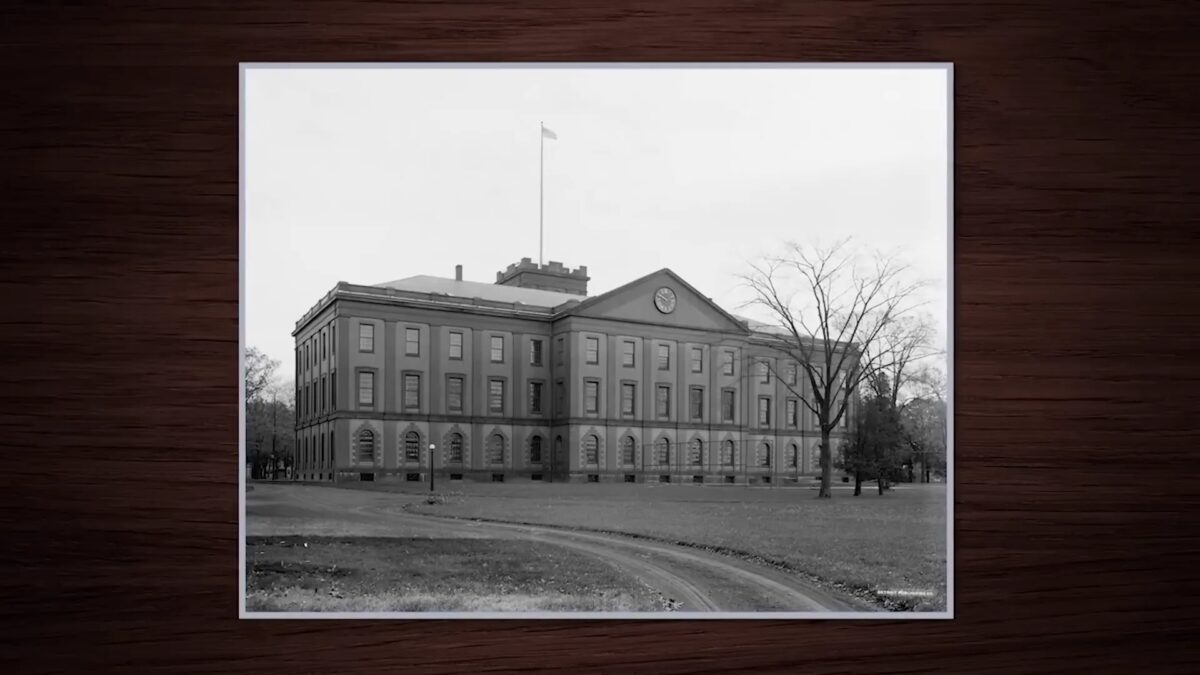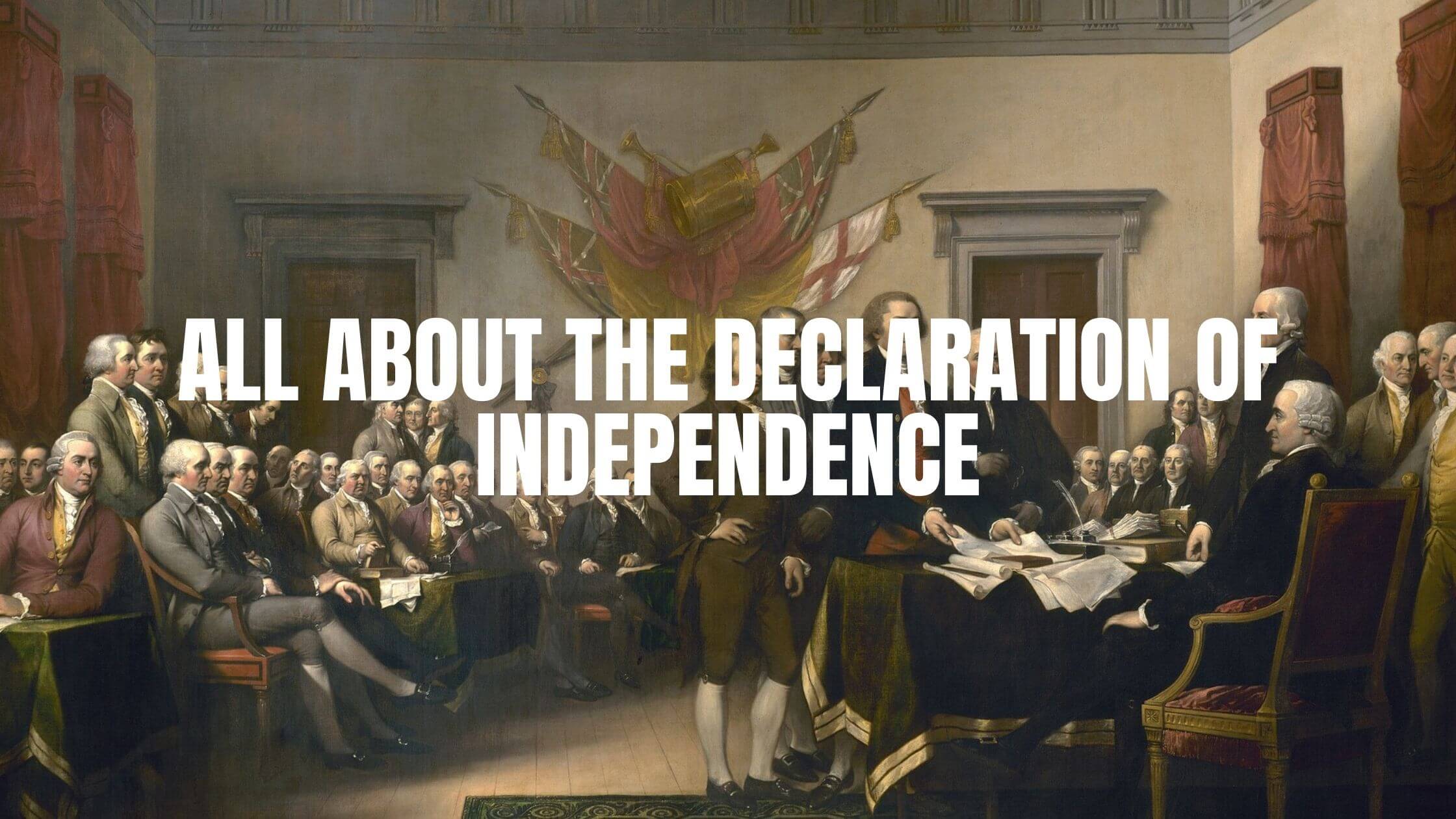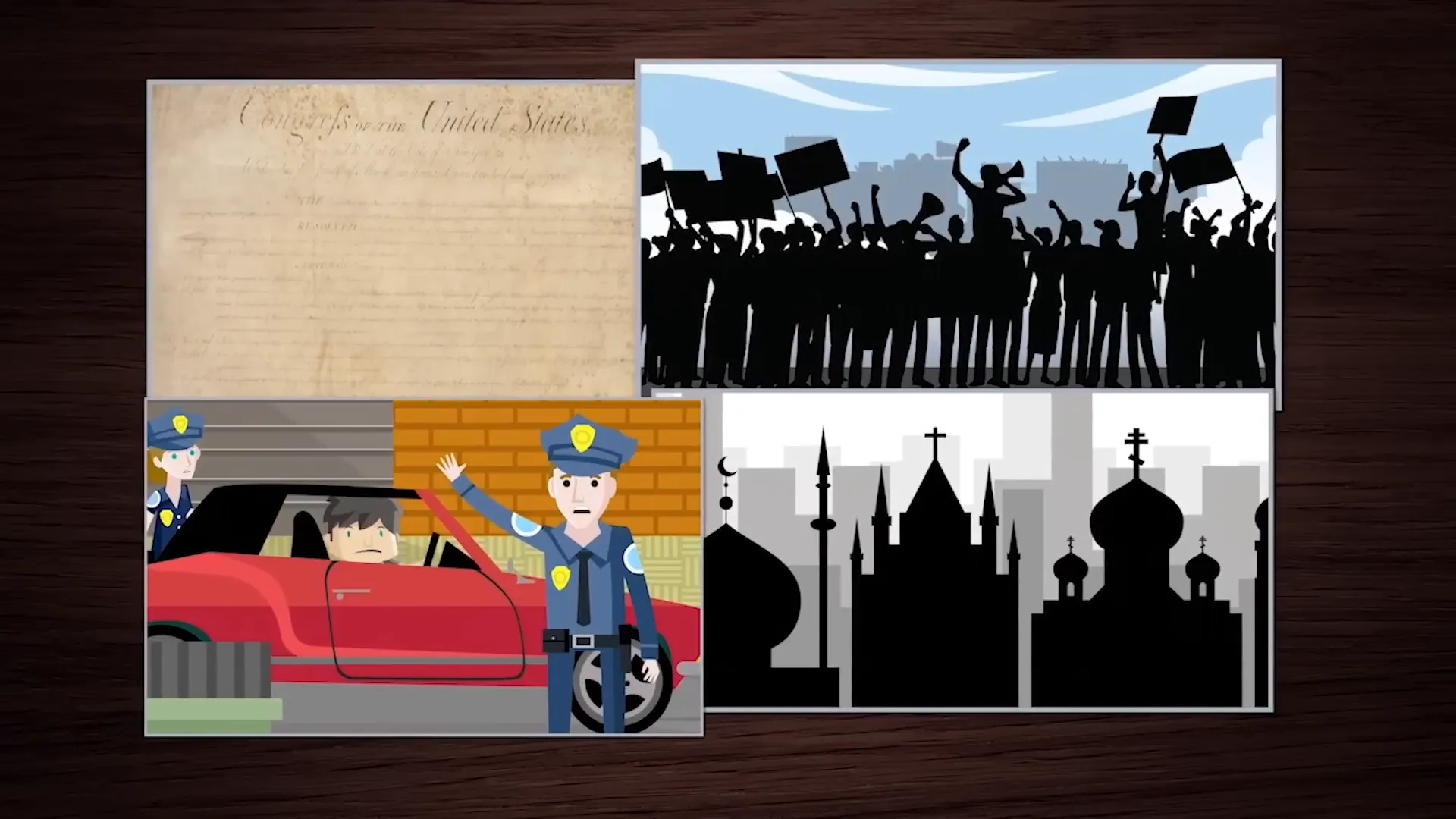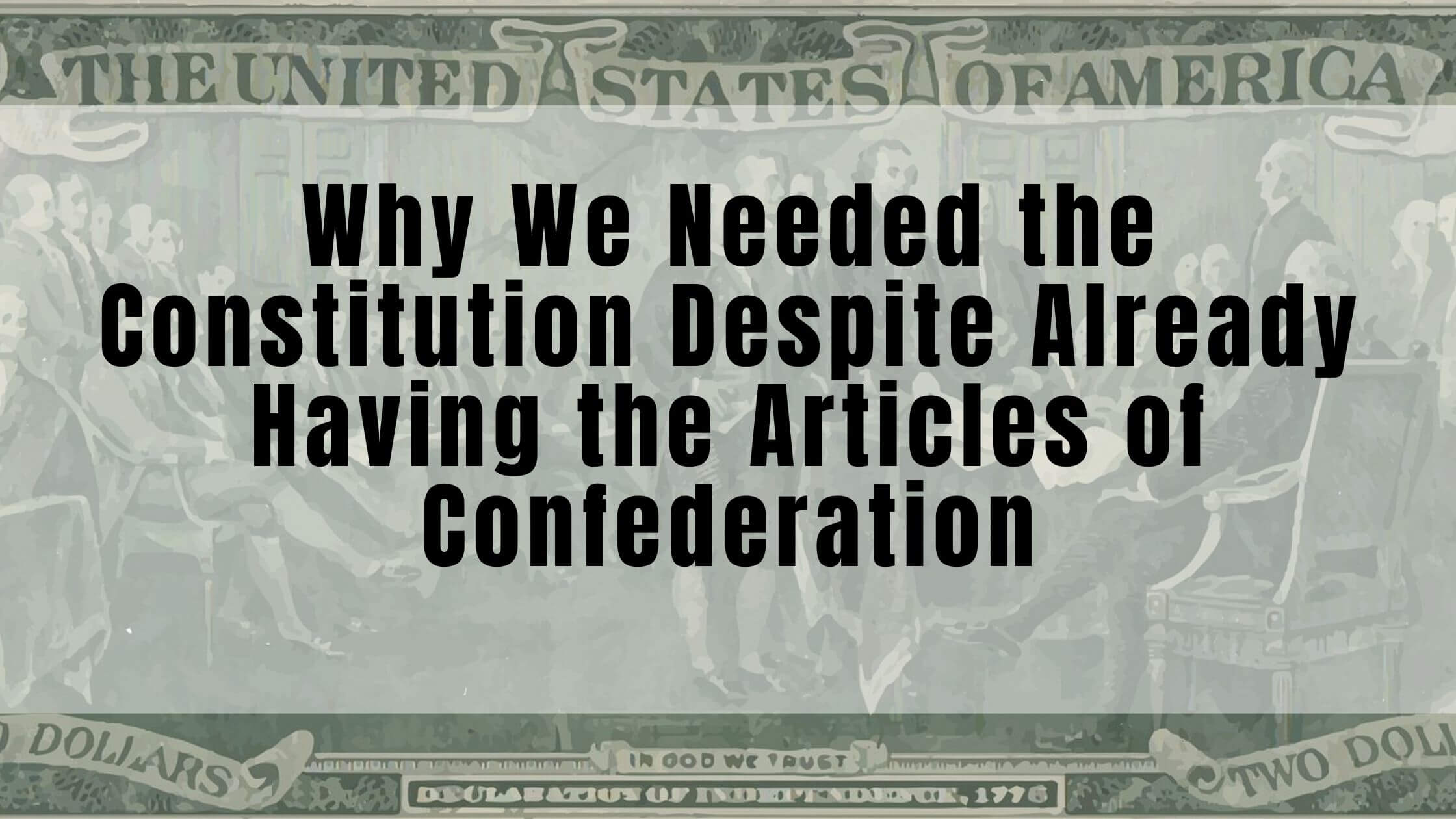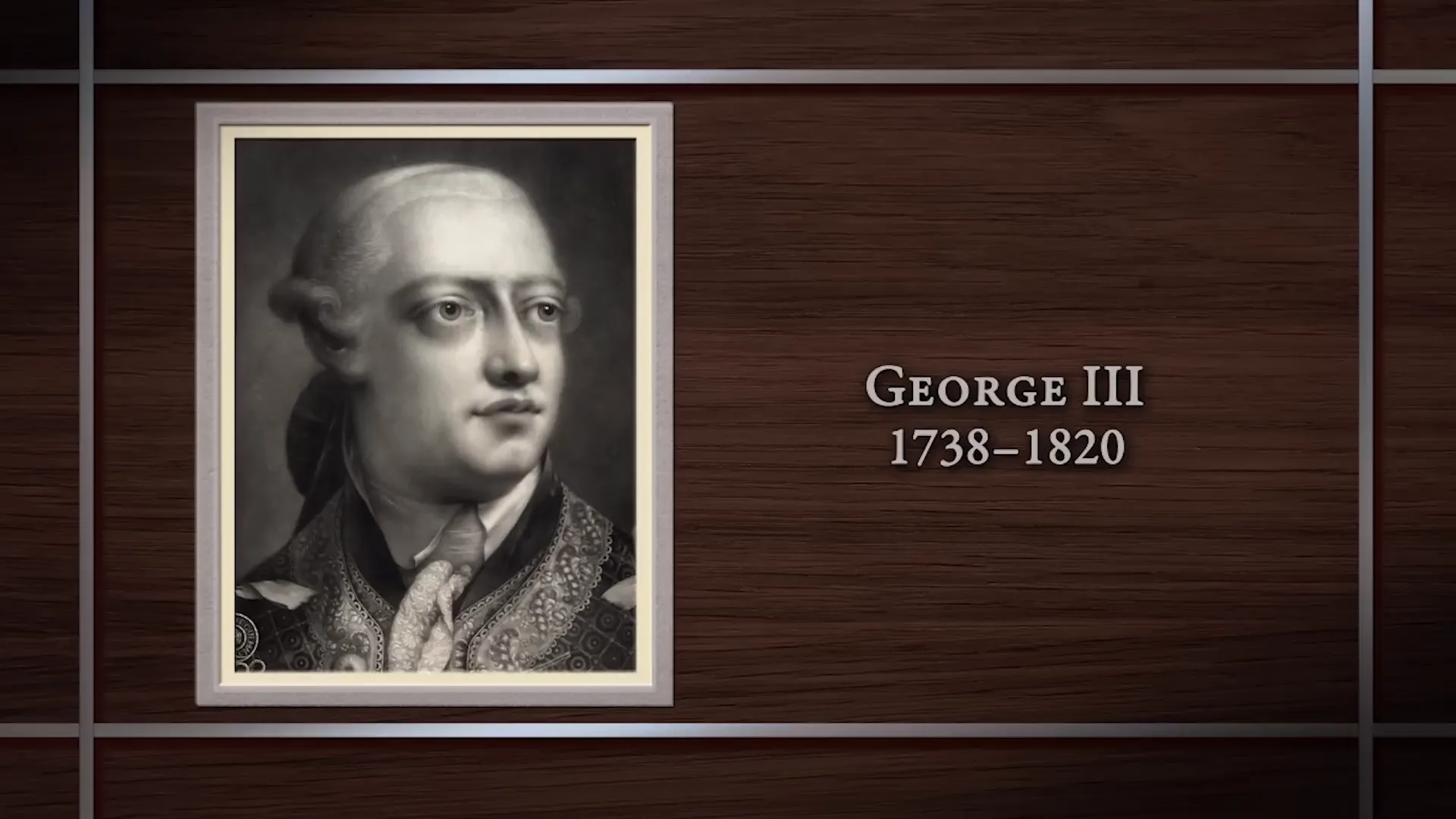Table of Contents
ToggleThe U.S. Constitution serves as the foundational legal document for the United States, yet its interpretation has been a subject of ongoing debate since its inception. This post explores the origins of the Constitution, the historical context in which it was created, and the pivotal moments that shaped its interpretation over time.
The Crisis of 1786
The year 1786 marked a pivotal moment in American history. It was a crisis that clearly showed the weaknesses of the Articles of Confederation. After the Revolutionary War, states that once fought together began to view each other as rivals.
Disputes over commerce escalated as states enacted laws that favored their own citizens while disadvantaging others. Such competition led to economic instability, prompting a call for a solution to address these grievances. The Annapolis Convention of 1786 was convened, but only five states attended. This also highlighted the lack of unity among the states.
States with significant ports, like Virginia and Maryland, imposed tariffs that burdened neighboring states.
This rivalry hampered economic growth and created an environment ripe for conflict. The Potomac River disputes between Maryland and Virginia exemplified this tension, ultimately leading to the call for a broader constitutional convention. The inability to resolve these commercial disputes showcased the urgent need for a stronger federal framework.
The Constitutional Convention of 1787
The Constitutional Convention of 1787 was convened in Philadelphia to address the inadequacies of the Articles of Confederation. Delegates arrived with the intent to revise the existing framework, but many quickly recognized that a complete overhaul was necessary.
Key issues dominated the discussions, including representation in Congress and the contentious topic of slavery. The debates were fraught with disagreements, reflecting the diverse interests of the states. Ultimately, the compromises reached during the convention laid the groundwork for the Constitution we know today.
The Articles of Confederation: A Weak Foundation
The Articles of Confederation served as the first constitution of the United States but proved to be ineffective in addressing the needs of a growing nation. It established a weak central government with limited powers, leaving most authority in the hands of the individual states.
This lack of centralized power hindered the ability to impose taxes, regulate commerce, and maintain a standing army. As a result, the nation faced numerous challenges, including economic instability and external threats. The inadequacies of the Articles ultimately prompted the call for the Constitutional Convention, where a new framework for governance was established.
The Purpose of the Constitution
The Constitution serves several essential purposes, primarily establishing the framework for the federal government while protecting individual liberties. At its core, it aims to create a government that is both effective and accountable, ensuring that power is not concentrated in any single entity.
One of the Constitution’s main goals is to promote justice, tranquility, and the general welfare of the American populace. It seeks to balance the need for a strong federal authority with the rights of states and individuals, a tension that has persisted throughout American history.
Defining the Structure of Government
The Constitution outlines the three branches of government: the legislative, executive, and judicial branches. This separation of powers is crucial for preventing any one branch from becoming too powerful. Each branch has distinct responsibilities and the ability to check the powers of the others, thus safeguarding democracy.
- Legislative Branch: Responsible for making laws.
- Executive Branch: Enforces laws and oversees the federal administration.
- Judicial Branch: Interprets laws and ensures justice.
Balancing Power: Federal vs. State Governments
The balance of power between federal and state governments is another fundamental aspect of the Constitution. The framers were keenly aware of the potential for tyranny, whether from a distant monarch or a powerful central government. As a result, they designed a system where states retain significant powers while granting specific authorities to the federal government.

Get Smarter on US News, History, and the Constitution
Join the thousands of fellow patriots who rely on our 5-minute newsletter to stay informed on the key events and trends that shaped our nation's past and continue to shape its present.
This federalism allows states to address local issues effectively while maintaining a unified national framework. Disputes often arise over the boundaries of these powers, leading to landmark Supreme Court cases that shape the interpretation of the Constitution.
Key Principles of Federalism
- Enumerated Powers: The federal government can only exercise powers explicitly listed in the Constitution.
- Reserved Powers: Powers not granted to the federal government are reserved for the states.
- Concurrent Powers: Both federal and state governments can exercise certain powers, such as taxation.
The Role of Individual Rights
Individual rights are a cornerstone of the American legal system. The framers understood that protecting these rights was essential for a free society. While the original Constitution did not enumerate specific rights, the subsequent addition of the Bill of Rights addressed this gap.
The Bill of Rights, comprising the first ten amendments, was ratified in 1791 to safeguard essential liberties such as freedom of speech, religion, and assembly. This document was a vital compromise, ensuring that individual rights would be protected against potential government overreach.
Significant Individual Rights
- First Amendment: Guarantees freedoms concerning religion, expression, assembly, and the right to petition.
- Fourth Amendment: Protects against unreasonable searches and seizures.
- Fifth Amendment: Ensures the right to due process and protects against self-incrimination.
The Bill of Rights: A Compromise
The Bill of Rights emerged from a contentious debate during the ratification of the Constitution. Many Anti-Federalists opposed the Constitution, fearing that it granted too much power to the federal government at the expense of individual liberties. A compromise was necessary to secure ratification in several states.
The Bill of Rights was proposed to alleviate these concerns, providing explicit guarantees of individual freedoms. However, its original application was limited to the federal government, sparking ongoing discussions about individuals’ rights under state laws.
Key Compromises in the Bill of Rights
- Political Compromise: The Bill of Rights served as a concession to Anti-Federalists for ratification.
- Limited Scope: Initially applied only to the federal government, later expanded through the Fourteenth Amendment.
- Tyranny of the Majority: Designed to protect individuals from potential majority oppression.
The Impact of Shay’s Rebellion
Shay’s Rebellion in 1786-1787 was a critical event that highlighted the weaknesses of the Articles of Confederation. The uprising, led by Daniel Shays, involved farmers protesting against economic injustices and the lack of government response. It revealed the inability of the federal government to maintain order and protect property rights.
The rebellion underscored the need for a stronger national government, ultimately contributing to the convening of the Constitutional Convention. This event was a catalyst for change, prompting delegates to create a new framework that would address the economic and social unrest of the time.
Lessons from Shay’s Rebellion
- Government Ineffectiveness: The rebellion demonstrated the limitations of the Articles of Confederation.
- Need for Federal Authority: It emphasized the necessity for a more robust federal government to maintain order.
- Influence on the Constitution: The uprising played a significant role in shaping the debates at the Constitutional Convention.
Ratification Debates: A Nation Divided
The ratification of the Constitution was not a straightforward process; it sparked significant debates across the nation. Supporters, known as Federalists, argued for a strong central government, while opponents, the Anti-Federalists, feared the potential for tyranny. This division reflected deep-seated concerns about the balance of power and individual liberties.
State conventions became battlegrounds for these opposing viewpoints. Prominent figures emerged on both sides, with Federalists like Alexander Hamilton and James Madison advocating for ratification, while Anti-Federalists such as Patrick Henry raised alarms about the lack of a Bill of Rights.
Key Arguments in the Ratification Debates
- Federalist Perspective: Emphasized the need for a strong central authority to maintain order and unity.
- Anti-Federalist Concerns: Warned that a powerful federal government could lead to oppression and the erosion of individual freedoms.
- The Promise of the Bill of Rights: The eventual agreement to add a Bill of Rights helped sway some states to ratify the Constitution.
The Constitution’s Open-Ended Language
One of the most notable features of the Constitution is its open-ended language, which allows for broad interpretation. Phrases such as “necessary and proper” and “general welfare” have enabled the Constitution to adapt to changing circumstances over time.
This elasticity has led to various interpretations, often determined by the political and social context of the time. For example, the Commerce Clause has been interpreted to expand federal regulatory powers significantly, impacting everything from labor laws to environmental regulations.
Implications of Open-Ended Language
- Flexibility: Allows for the Constitution to evolve with societal changes.
- Judicial Interpretation: Courts play a crucial role in defining the meaning of ambiguous terms.
- Potential for Conflict: Different interpretations can lead to legal disputes and political tensions.
Who Decides? The Ongoing Debate
The question of who has the authority to interpret the Constitution remains contentious. The Supreme Court is traditionally seen as the ultimate arbiter of constitutional interpretation. However, various groups have challenged this role, arguing for a more decentralized approach.
Advocates for originalism argue that the Constitution should be interpreted based on the framers’ original intent. In contrast, living constitutionalists believe that the Constitution must be interpreted in light of contemporary values and societal norms.
Key Perspectives in Constitutional Interpretation
- Originalism: Focuses on the text’s original meaning and the framers’ intentions.
- Living Constitution: Emphasizes adaptability and the relevance of the Constitution to modern society.
- Judicial Activism vs. Restraint: Ongoing debates over the appropriate role of the judiciary in interpreting the Constitution.
The Future of Constitutional Interpretation
The future of constitutional interpretation is likely to be shaped by ongoing societal changes and technological advancements. As new issues arise, such as digital privacy and artificial intelligence, the Constitution will continue to be a living document that requires careful analysis and interpretation.
Moreover, the composition of the Supreme Court plays a crucial role in determining how the Constitution is interpreted. Changes in the Court’s makeup can lead to shifts in legal precedents, impacting everything from civil rights to economic regulation.
Emerging Issues for Interpretation
- Technology and Privacy: How will the Constitution address rights in the digital age?
- Social Justice Movements: The impact of evolving societal values on constitutional rights.
- Globalization: Challenges posed by international law and treaties on constitutional interpretation.
